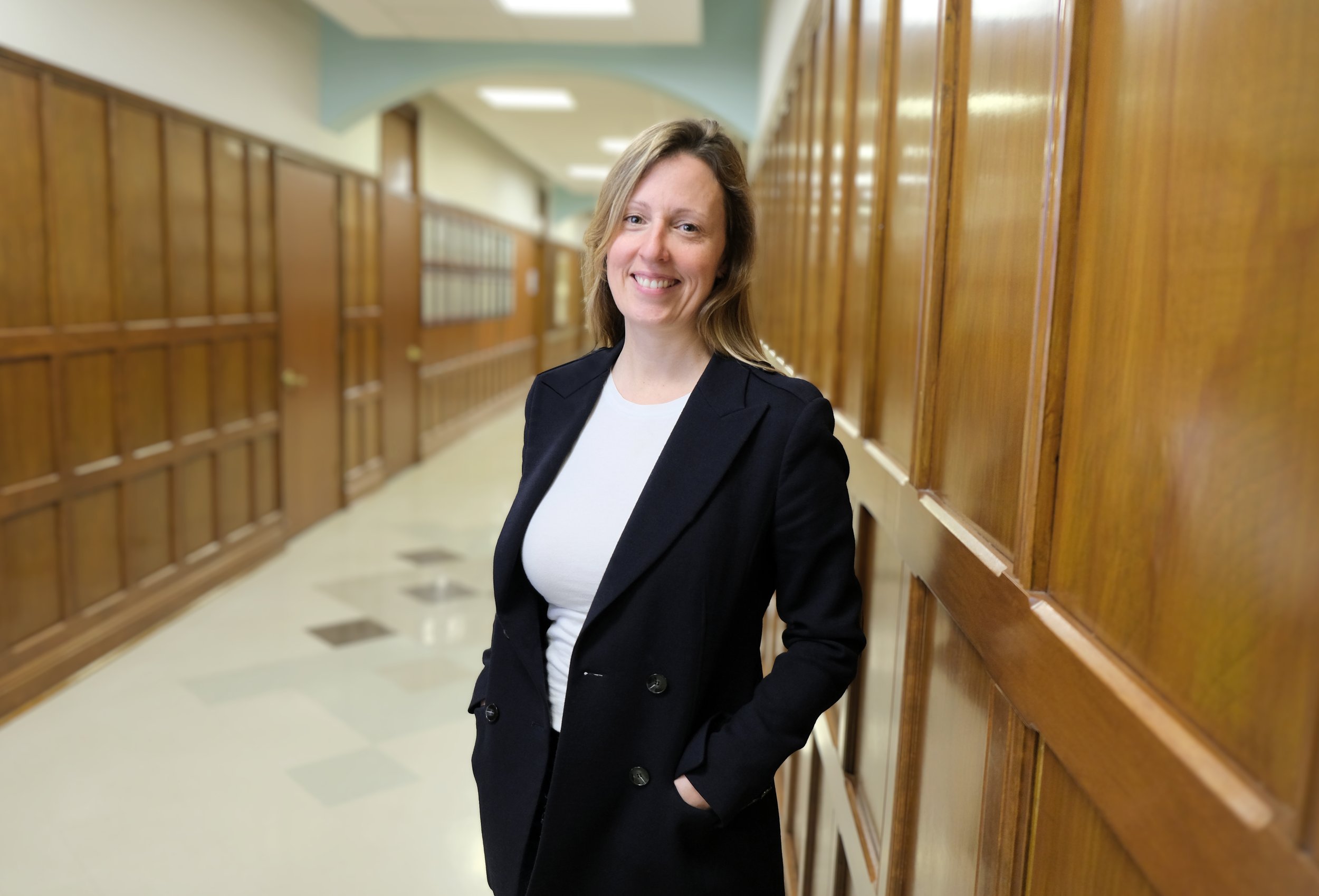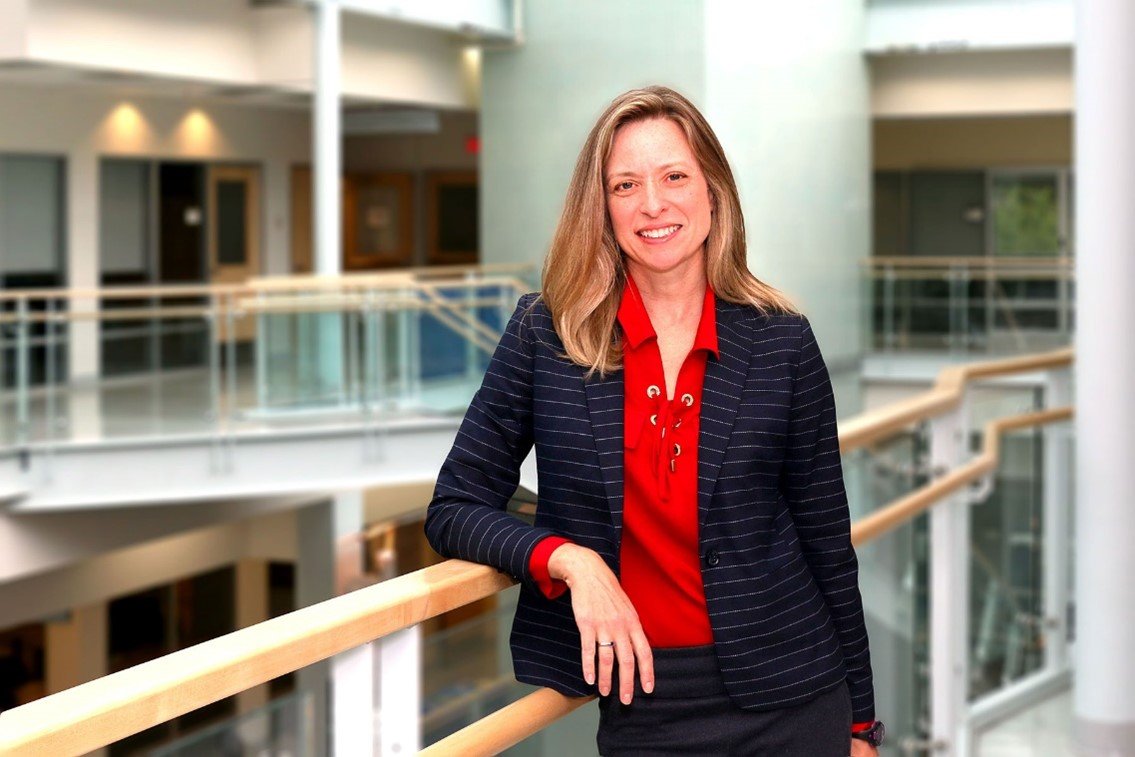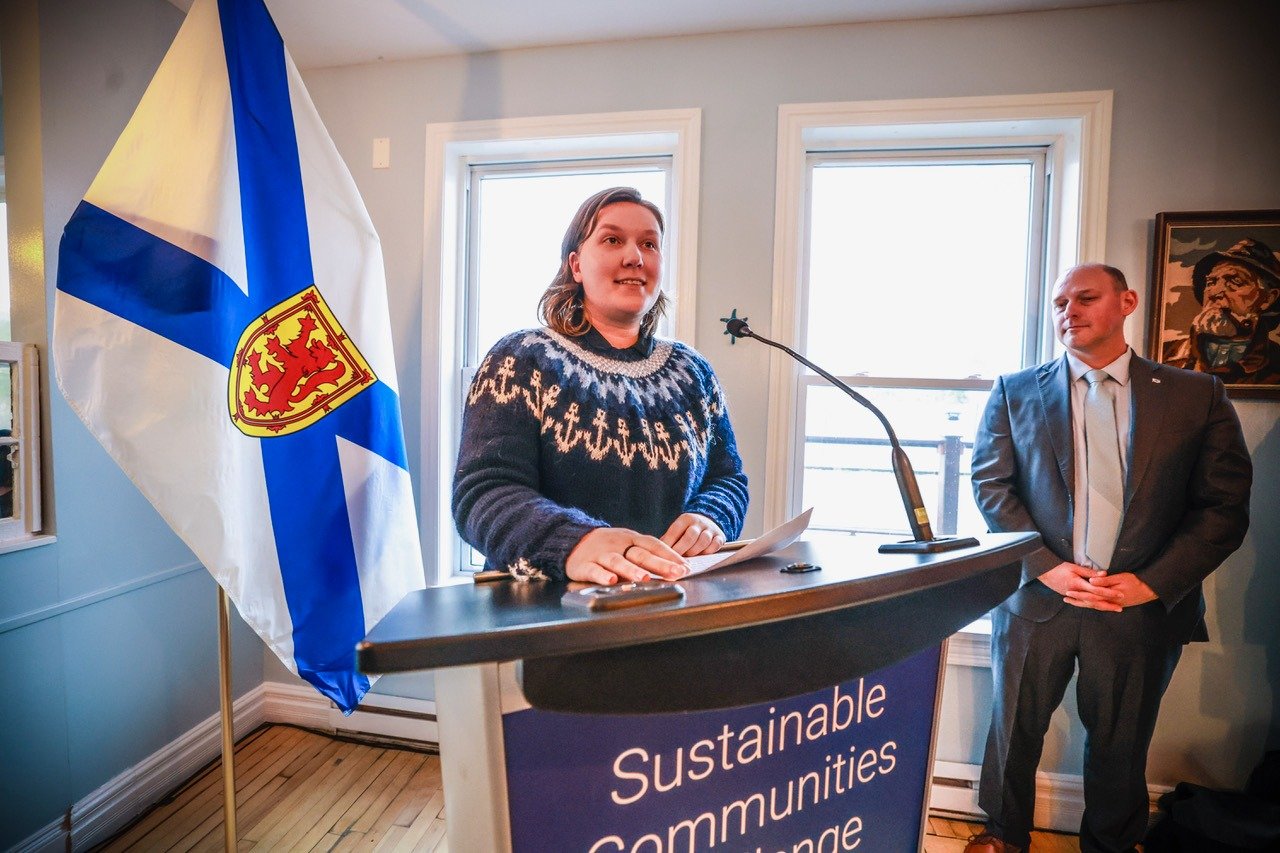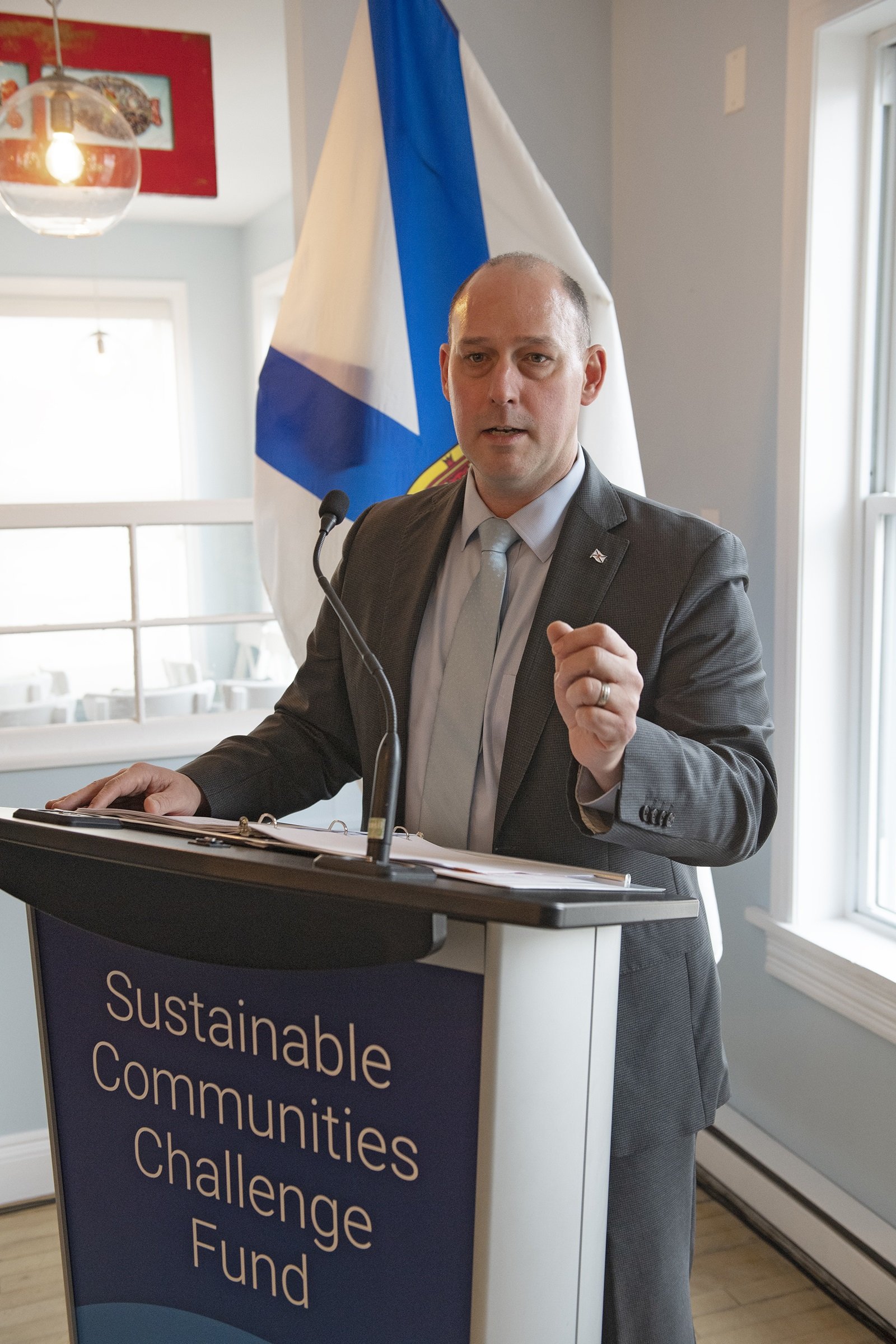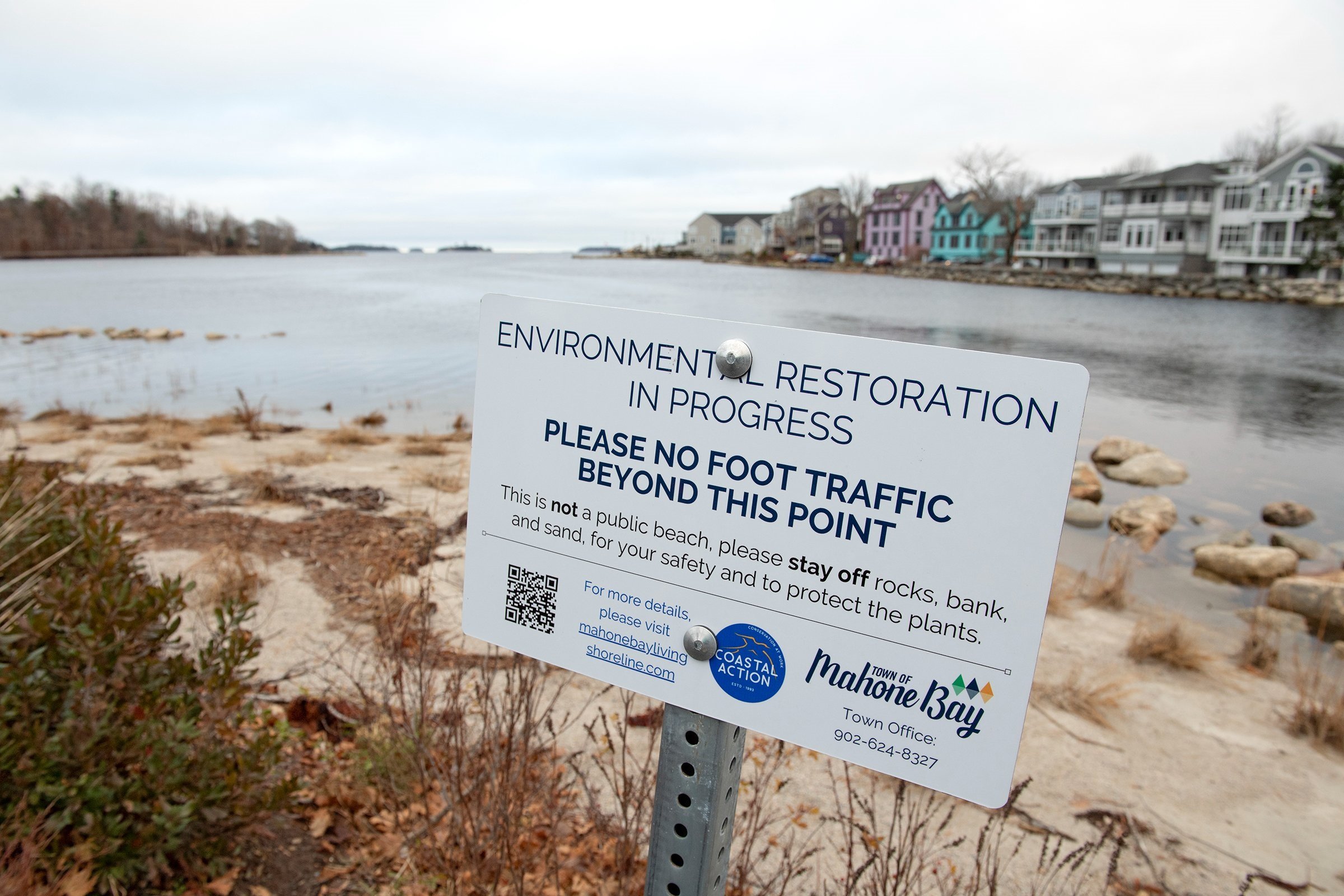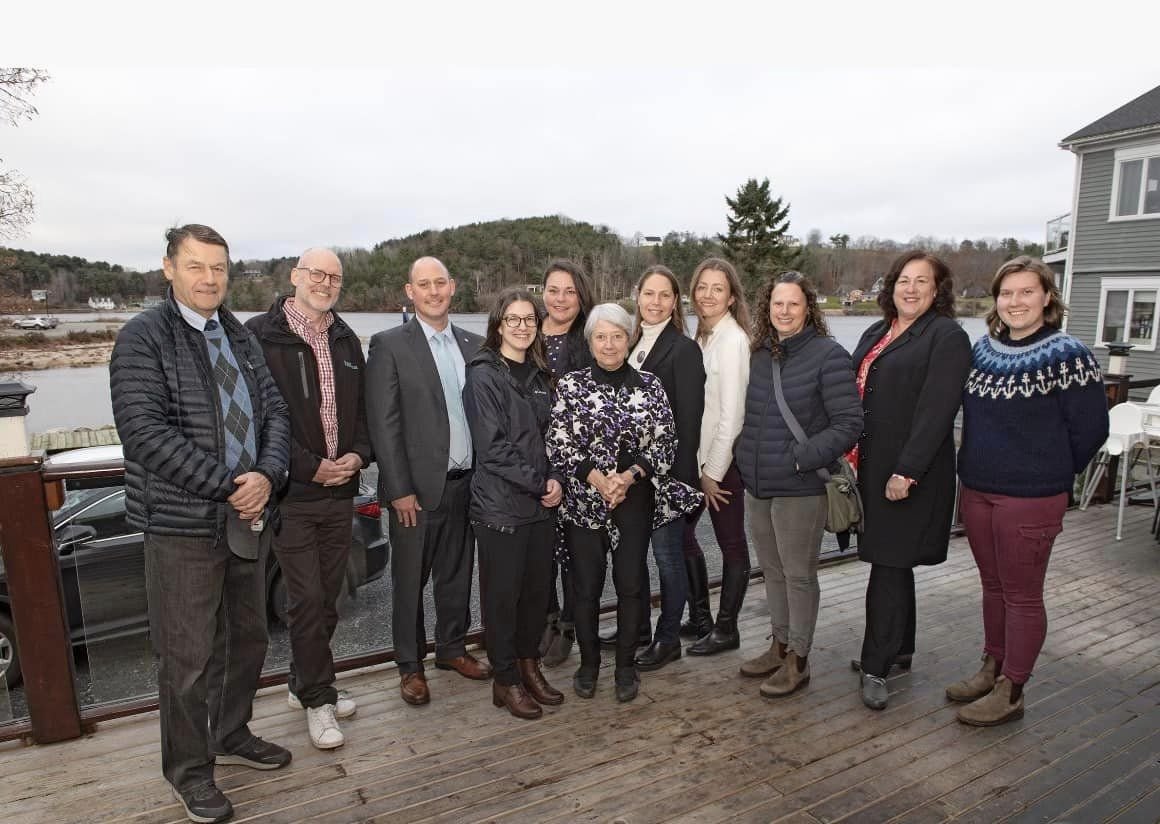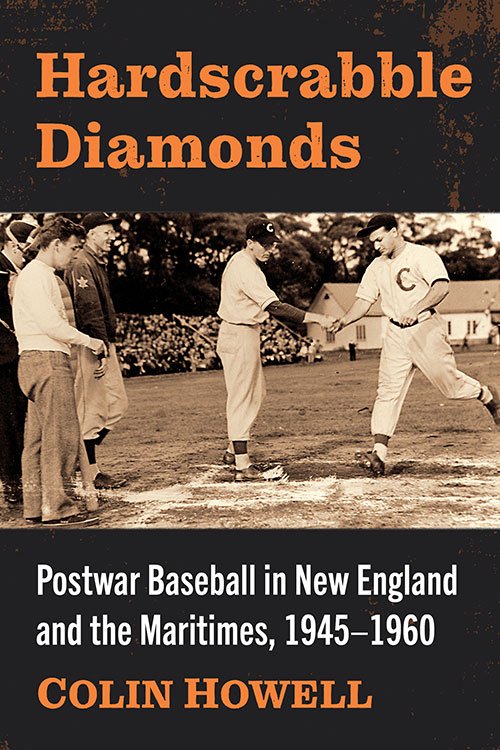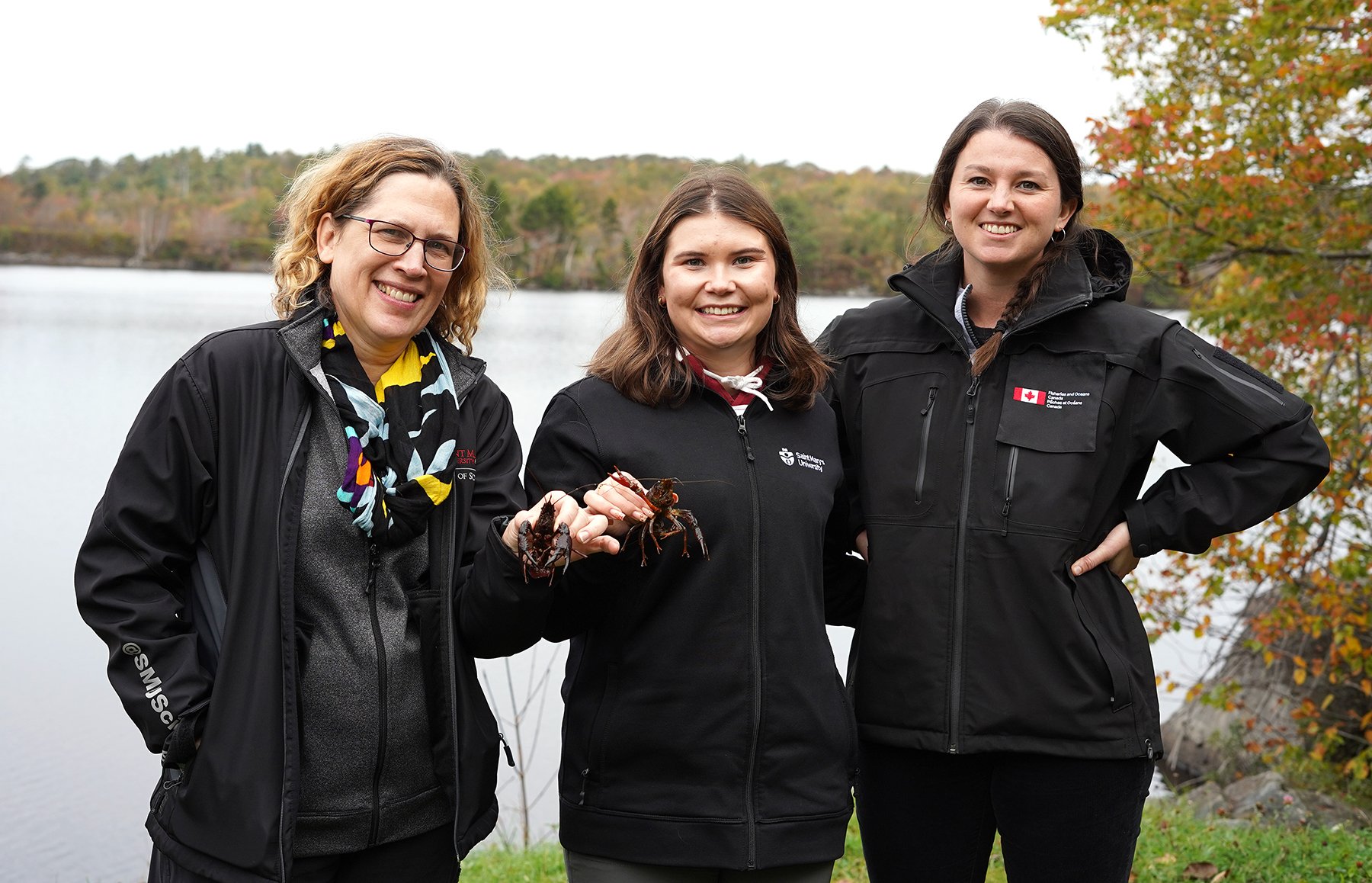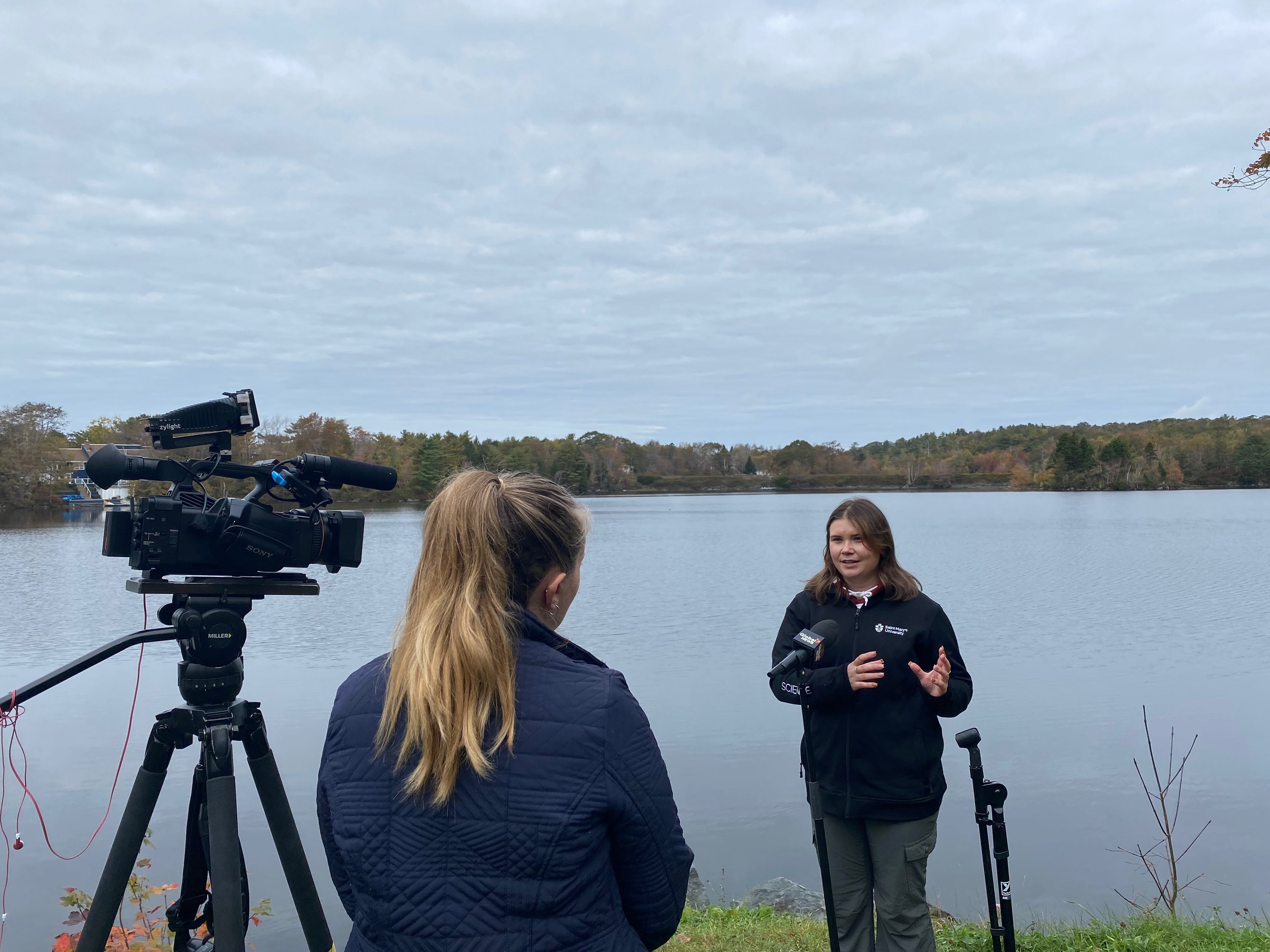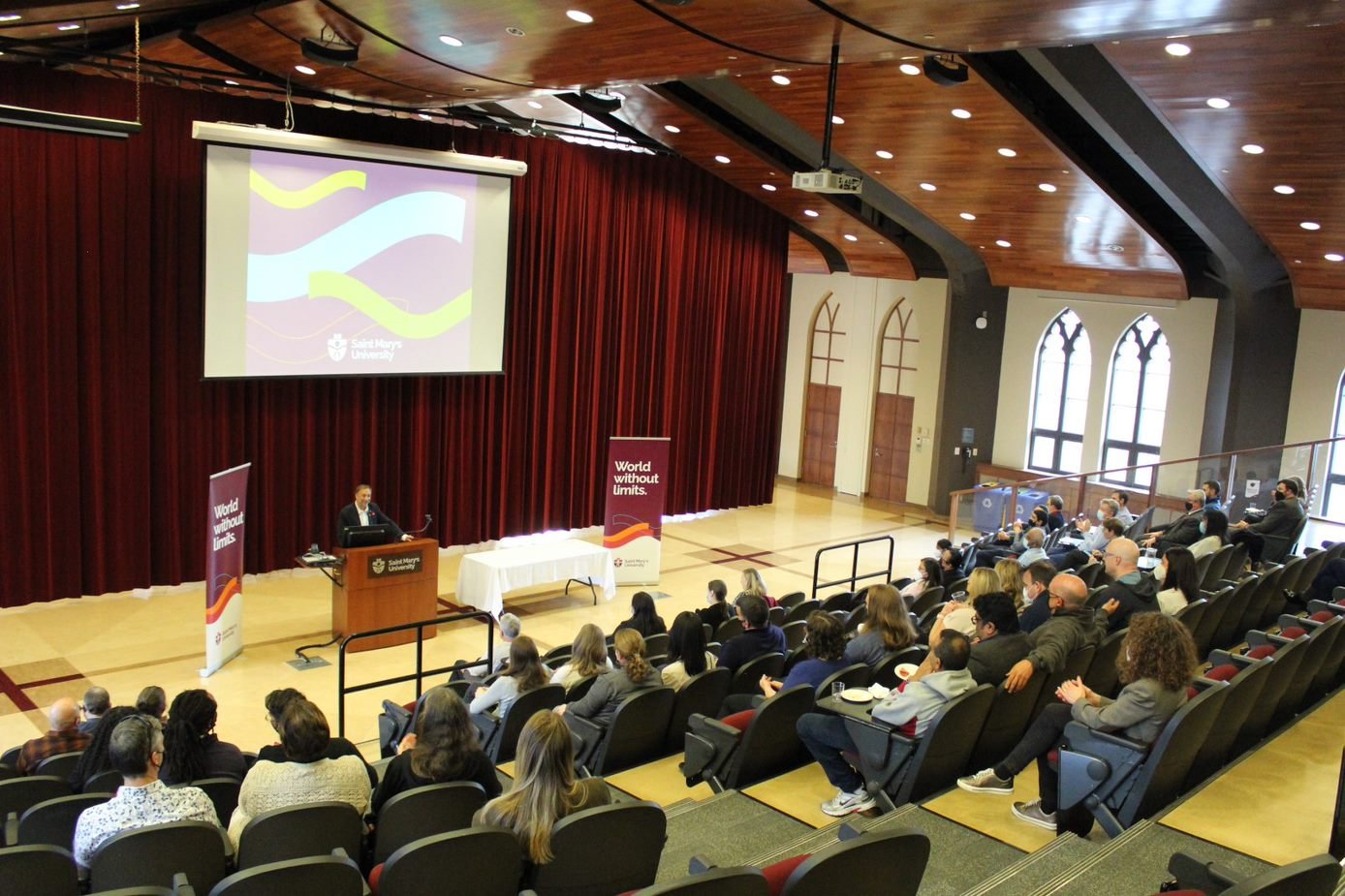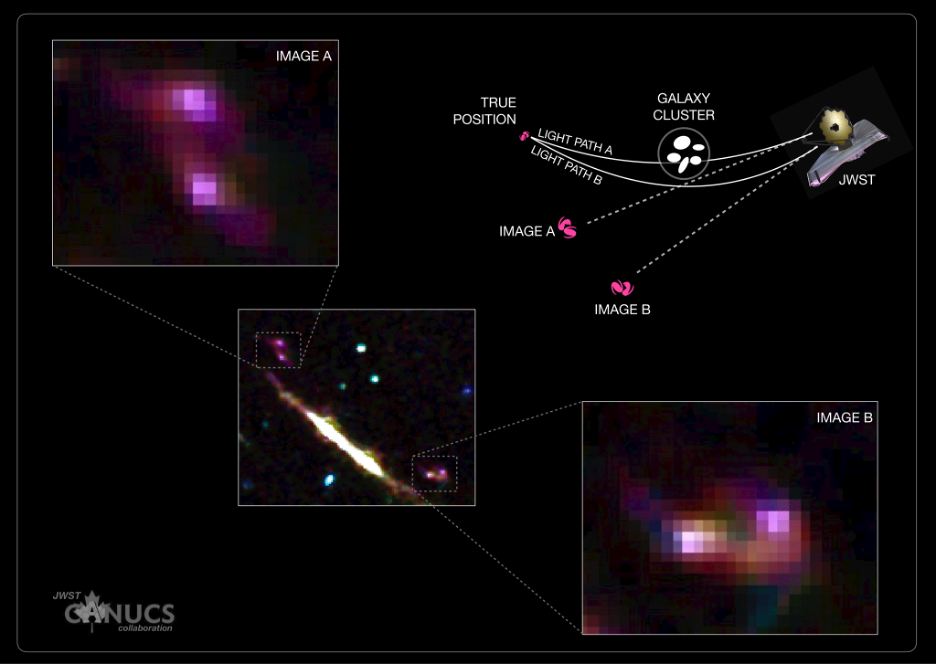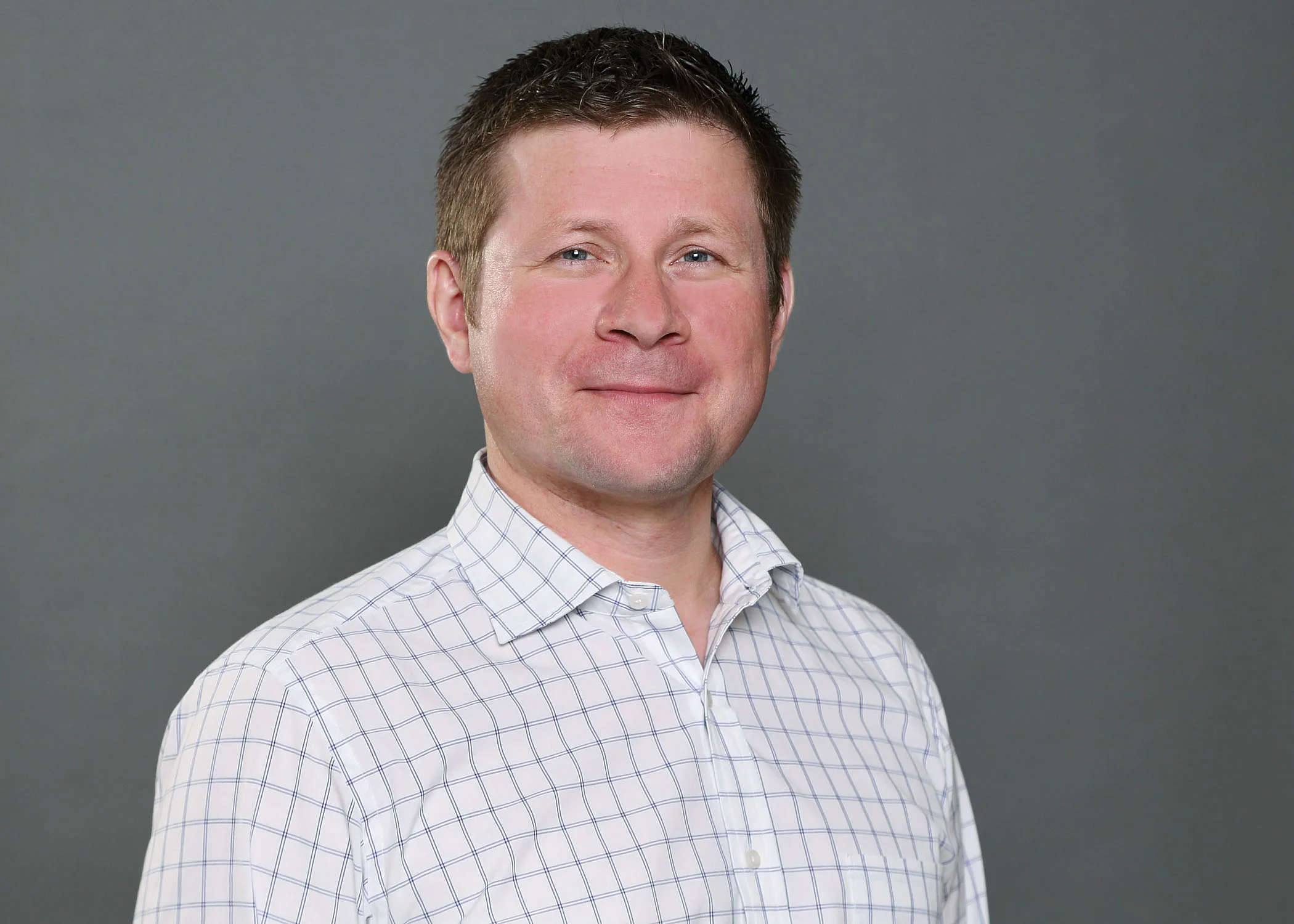Dr. Luigi Gallo with Dr. Robert Summerby-Murray at Winter Convocation
Dr. Luigi Gallo was honoured at Winter Convocation with the President’s Award for Excellence in Research for his contributions to astrophysics.
As an astrophysicist in high-profile international research projects, Dr. Luigi Gallo has been involved in major missions with the Japan Aerospace Exploration Agency (JAXA), NASA, and the Canadian Space Agency, and has received more than $10-million in funding for projects such as the Astro-H Metrology System.
Dr. Luigi Gallo
Dr. Gallo’s research interests include supermassive black holes, or active galactic nuclei, and X-rays emitted from the innermost regions of black hole environments; accretion-powered systems of all scales (e.g. cataclysmic variables, X-ray binaries, AGN); and the definition and realization of future X-ray missions. His work has led to discoveries that have altered scientists’ understanding of black holes, their formation, growth, behaviour and their influence on the evolution of galaxies.
After a stint in industry, Dr. Gallo returned to academia and completed his PhD at the prestigious Max Planck Institute for Extraterrestrial Physics in Germany, and then joined JAXA before becoming a faculty member at Saint Mary’s University in 2007.
A prolific publisher, Dr. Gallo is credited with more than 80 successful observing proposals and more than 150 refereed publications written as part of his research on black holes and instrumentation, work with peers, and as a supervisor to many of his students and postdocs. He has also published work with large collaborations, including papers by the Hitomi Collaboration, which he made significant contributions to, as well as other publications on future missions.
As a professor, Dr. Gallo is focused on supporting the next generation of researchers, co-writing papers with undergraduate and graduate students who have gone on to higher-level studies and research of their own. He contributes significant time and knowledge to the advancement of his field through committee work and outreach initiatives and as a member of the Canadian Astronomical Society.
The President's Award for Excellence in Research honours continued exceptional contributions to research and scholarship conducted by a full-time Saint Mary's University faculty member. More information can be found at smu.ca/fgsr/presidents-award.
Congratulations Dr. Luigi Gallo!
Recordings of the convocation ceremonies and a PDF of the convocation program are available at smu.ca/graduation. See the photo album on the SMU Halifax Facebook page.



